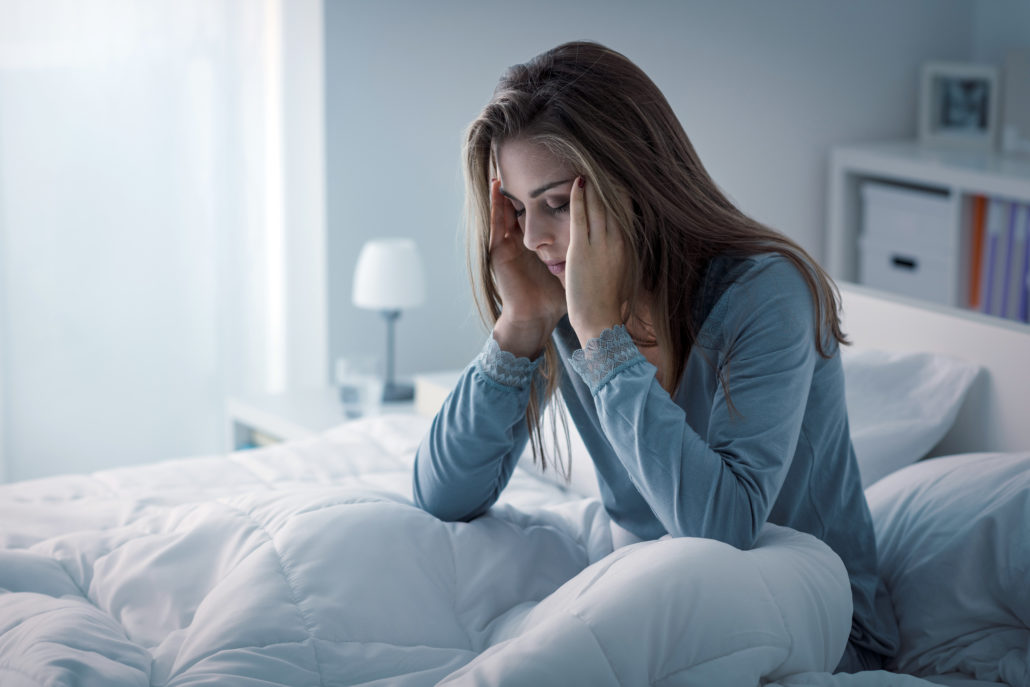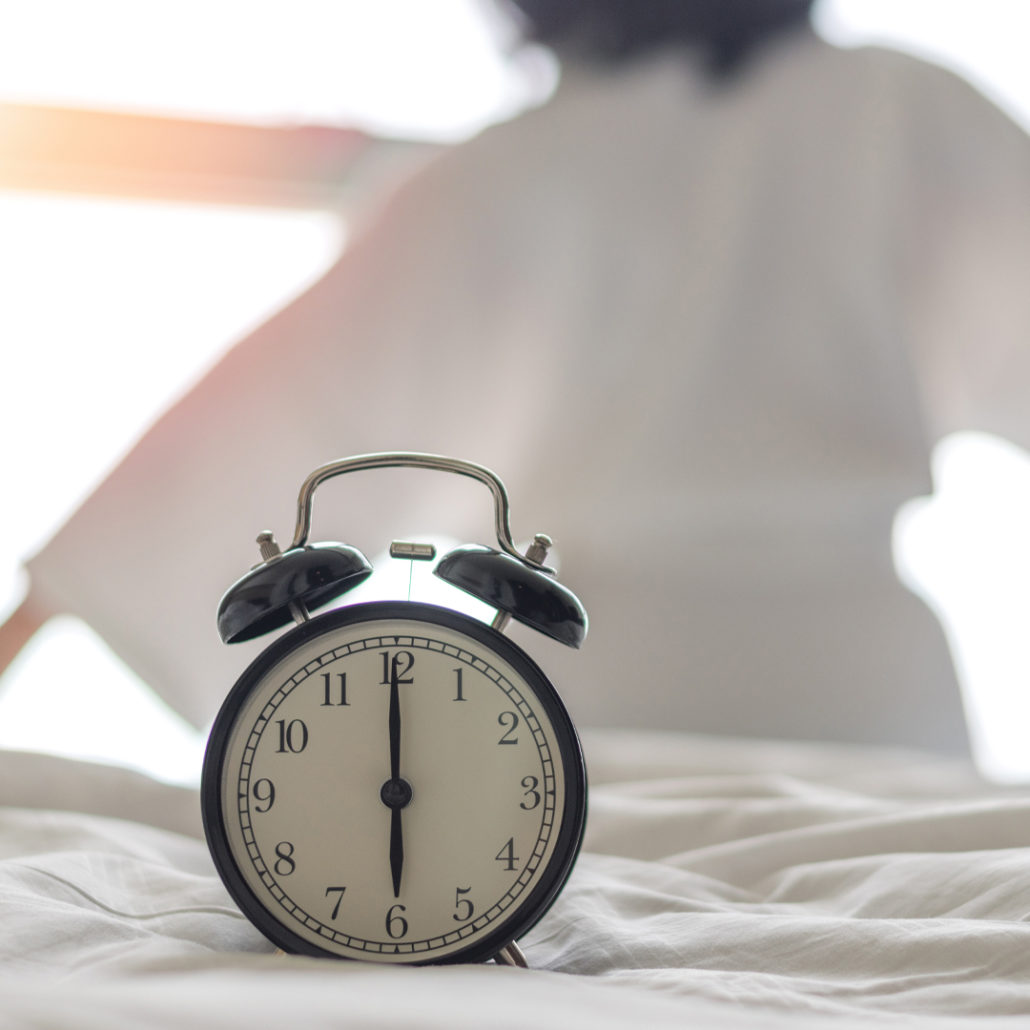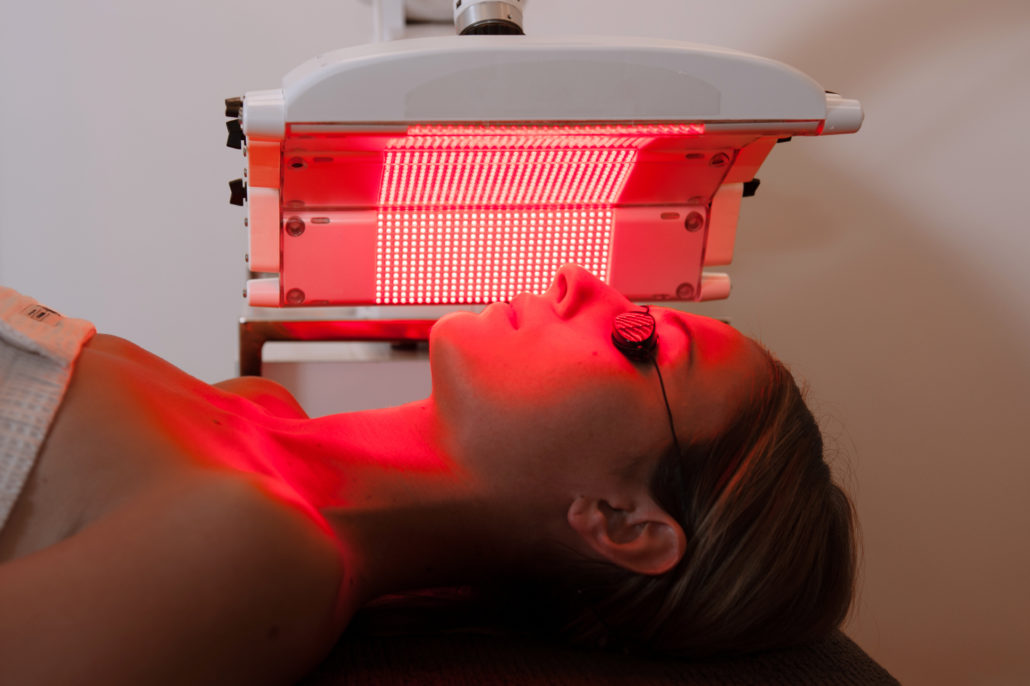Chronobiology and SAD
Do you ever feel exhausted first thing in the morning because you were up, tossing and turning all night? Does deep sleep seem like a distant dream for you?
Lack of shut-eye can be frustrating to say the least. But in the long run, a chronic sleep disorder can have far-reaching implications on your health and longevity.
If you are struggling with a sleep disorder, know that you are not alone. Nearly 50-70 million Americans suffer from sleep disorders, per the American Sleep Association. That’s a whole lot of sleeplessness going around in the country! Don’t you think?
Given the gravity of the situation, today at Innovative Medicine we are talking about sleep disorders, their relationship to your body’s chronobiology, and therapies that help improve your sleep. Let’s jump right in.
Sleep Disorders: What are they?
When you think of sleep issues, insomnia is probably what first comes to mind. Contrary to popular understanding, the term “sleep disorder” refers to an umbrella that describes more than insomnia alone. Sleep apnea, narcolepsy, and REM sleep behavior disorder are just a few of the 5 major sleep disorders.
Seasonal Affective Disorder
While on the topic of sleep disorders, how can we not talk about the dreaded winter nightmare, seasonal affective disorder (SAD)? SAD in and of itself it isn’t a classical sleep disorder. Yet sleep is massively impacted by SAD patients. Shorter days and longer winter nights disrupt the body’s sleep-wake cycle, which ultimately leads to excessive sleepiness.

In addition to a shift in their sleep-wake cycle, people with SAD experience mood changes and symptoms of depression. These winter blues impact focus, concentration, and daily function.
Why Exactly Do These Changes Occur in SAD?
Cortisol is our “time-to-be-awake-and-alert” hormone. Its release is carefully regulated with the 24-hour solar cycle. Shorter days and poor sunlight exposure during winter months throw this fine balance off. Recent research demonstrated that lower cortisol levels and altered HPA axis function correlate to SAD symptoms. Therapies that improve basal cortisol levels may be beneficial in patients with SAD.
Restful regenerative sleep is the fundamental recharge your body seeks after a 24-hour cycle. Good sleep forms the foundation of good health. In fact, scientists have linked sleep deprivation to a host of health problems including a compromised immune system, mood disorders, and even mental health struggles.
Sleep woes have long existed in this country. But the 2020 pandemic has made matters worse. Pandemic anxiety has triggered a steep rise in nation-wide sleep disturbances per a study by the Kaiser Family Foundation.
Having read this, you may be wondering, “Okay, but why can’t I sleep?”
Scroll down to see how your sleep disorder is closely connected to chronobiology. You will also learn how our current lifestyle is negatively impacting the body’s natural rhythm. Finally, what therapies are available to reset your internal clock?
See how we can help you restore complete health of body, mind & spirit.
We’ll send you special offers and cutting-edge info on how to heal smarter.
Why Can’t I Sleep?
We have an internal clock within us (circadian rhythm) that helps us keep time. Synced closely with the 24-hour solar cycle, this master clock informs our body of day and night using hormonal (melatonin and cortisol) messengers. Learn more about how circadian rhythm regulates sleep with Innovative Medicine’s comprehensive Circadian Rhythm and Sleep Guide.
Circadian rhythm falls under a broad spectrum of recurring events referred to as biological rhythms that form the foundation of our metabolic physiology.
Understanding Chronobiology
Simply put, chronobiology is the study of biological rhythms: an innate rhythm that dictates organ function at every level within the body. How our whole body works really comes down to a carefully orchestrated dance of closely interlinked chronobiological rhythms.
There are two other periodicities of prominence: Infradian rhythm (the 28-day menstrual cycle) and ultradian rhythm (the respiration and cardiac cycle which is less than 20 hours in their frequency of occurrence).

Understanding how chronobiology works gives us a perspective as to how our modern lifestyle is setting us up for a sleep disorder or two.
Top 3 Chronobiology Disruptors
1. Artificial lighting
The invention of man-made lighting has a dark side to it. Blue light emitted from our gadgets in the night tricks our brain into thinking that it is a day when really it is dark outside. Melatonin release is inhibited, and we end up staying wide awake well into the night.
2. Caffeine
Caffeine dependency has become a norm in our society, to the point where people are now wearing it as a badge of honor. Sure, it makes for great coffee memes; but in truth, caffeine after 12 PM is bad news for your sleep-wake cycle.
3. EMF
Do you sleep with your phone next to your pillow? This presents a two-fold problem. The blue light concern was discussed above. Additionally, EMF from WiFi emitting devices is a legitimate concern. EMF pollution has been proven to damage health far beyond sleep disruptions alone. Experts are now recommending minimal WiFi exposure before bedtime. Read Innovative Medicine’s EMF survival guide to better understand the effects of EMF pollution.
How Can You Fix Your Sleep Disorder?
First things first, treatment for a sleep disorder begins with the patient believing that their condition can be overcome. It is vital to know that a sleep disorder can indeed be reversed.
Chronobiology Therapies for SAD Sleep Disorder
SAD as discussed above is characterized by excessive sleep. In this case, a chronobiology reset would include jump-starting release of cortisol to create a state of wakefulness. Research has shown laser and red light therapy to be enormously beneficial for people experiencing SAD.

To this end, Innovative Medicine’s flagship clinic, NYCIM offers multiple laser and LED therapies.
Additionally, vitamin D supplementation and intentional sun exposure can be immensely supportive of your body’s innate sleep-wake cycle.
Technology to the Rescue
As much as technology is demonized, the reality is that its complete elimination is both impractical and inconvenient. Realistically speaking, the best we can do is to minimize exposure to EMFs and artificial lighting.
The question that we should be asking is “Can we use technology to solve a problem arising from its overuse?” We say a resounding yes.
1. Ambient lighting in the bedroom that mimics natural light conducive to the master clock
2. Night-shift apps which help reduce digital eye strain
3. Blue light glasses and blue light blocking device screens
4. YouMatrix – To convert harmful EMF pollution to a biocompatible frequency
These are a few low-cost gadgets that can help you with a chronobiology reset.

Sleep Tight and Wake Up Bright
Getting back to the basics can be an effective strategy to deal with sleep disorders.
“Sleep tight in a quiet dark room and wake up bright to the morning sunlight” is our mantra at Innovative Medicine for getting in those quality shut-eye hours.
If you have SAD or any other sleep disorder and are reading this, we want you to know that good sleep can indeed be restored. Making lifestyle changes to honor your innate chronobiology is step one to resetting an out-of-sync sleep-wake cycle. Write to us if you’d like to learn more about a personalized approach to better sleep.
The post Chronobiology and SAD appeared first on Innovative Medicine.
See how we can help you restore complete health of body, mind & spirit.
Lorem ipsum dolor sit amet, consectetur adipiscing elit, sed do eiusmod tempor incididunt ut labore et